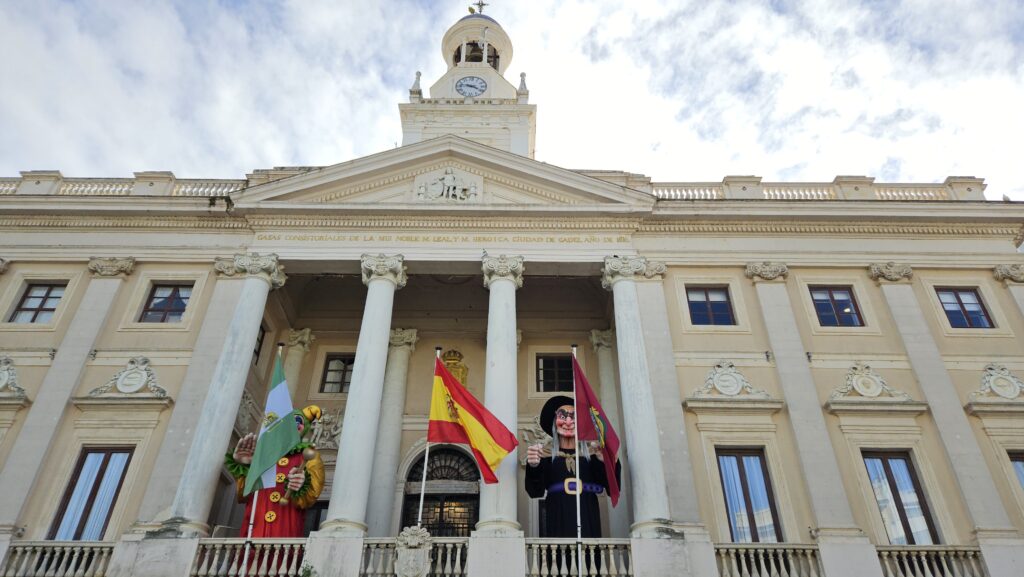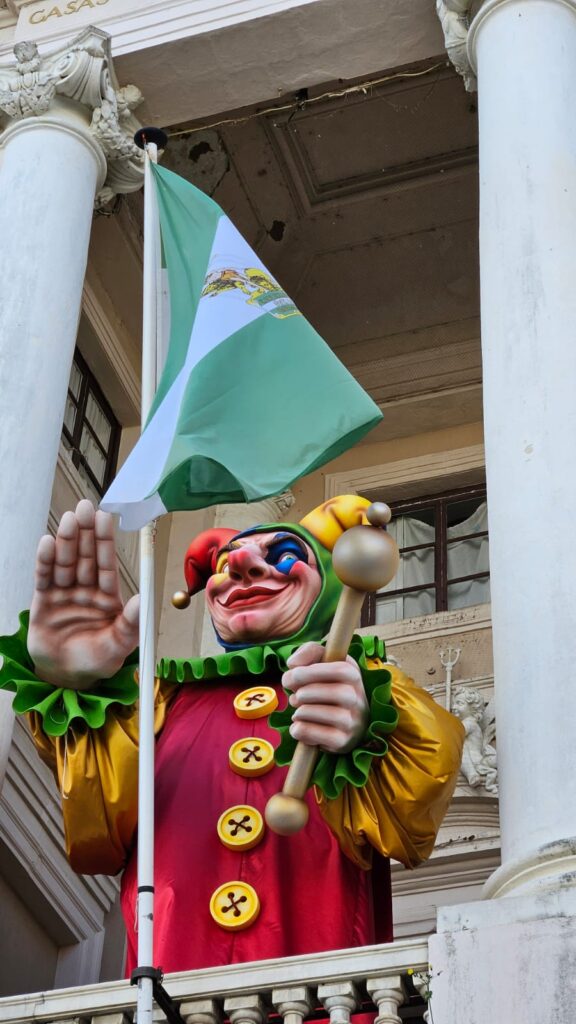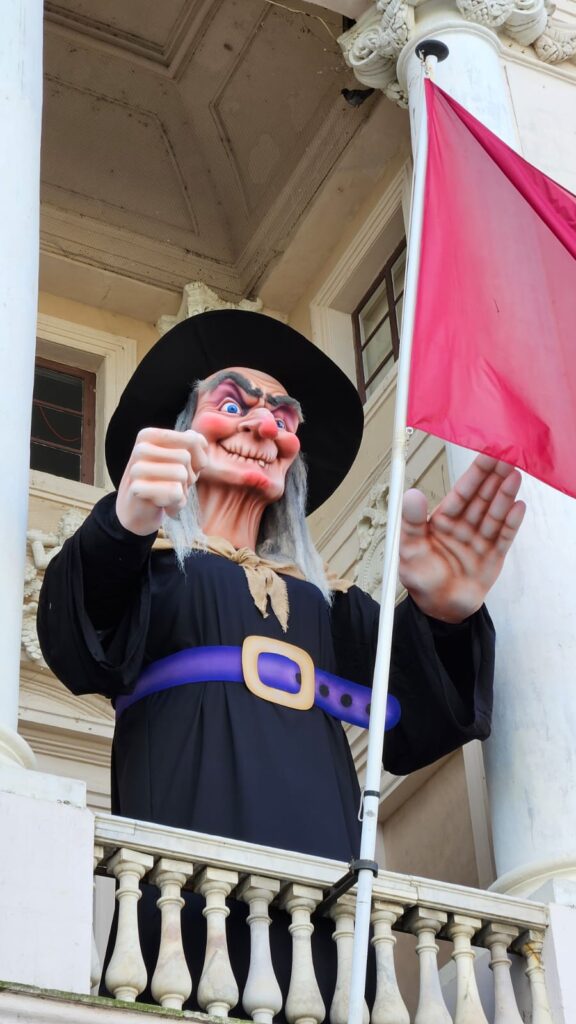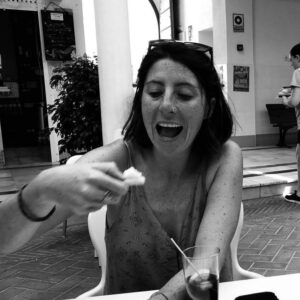It’s that time of year again here in Cádiz, and Carnaval is about to begin, the festival that bridges the cold of winter and the warmth of spring. Carnaval is one of those celebrations that not everyone celebrates, but those who do truly go all out. Think of it like Carnevale in Venice, Carnival in Brazil, or Mardi Gras in New Orleans—festivities that should be on your bucket list and attended at least once in your life. And of course, Cádiz’s Carnaval is no exception.
The Origins of Carnaval in Cádiz
Though the origin of Carnaval is shrouded in mystery, it is believed to be a remnant of the ancient pagan winter festivals. Over time, it evolved into Greek Dionysian celebrations and Roman festivals. But in Cádiz, Carnaval didn’t really kick off until around the 1500s, which is relatively late compared to other European celebrations.
Cádiz, being a prominent trading post, began to see an influx of Italian merchants, particularly from Genoa, due to the increasing Turkish control of the Mediterranean. These merchants brought not only their business but also their cultural celebrations, and the people of Cádiz (the gaditanos) adapted the Carnaval traditions, making them their own.
Today, the festivities can seem a little confusing with so many components to this two-week-long celebration, but don’t worry—we’re diving into two key symbols of Carnaval de Cádiz: God Momo and La Bruja Piti.
Every year, right before the start of Carnaval, the Ayuntamiento de Cádiz (Town Hall) places two iconic figures on its balcony overlooking Plaza de San Juan de Dios—La Bruja Piti and Dios Momo. These two watch over the celebrations until their roles come to an end… when they are set ablaze in a grand spectacle.

Dios Mormo: The Spirit of Satire and Mockery
El Dios Mormo, or God Momo, also known as King Momo, represents satire, irony, sarcasm, and, most importantly, criticism. In classical mythology, Momo (Greek Mômos, Latin Momus) was the son of Nyx ( who represents the night). He was known for his sharp wit and mockery.
One day, Zeus asked Momo to review the creations of the gods. In true Momo fashion, he criticized Zeus for designing a bull with horns on its head instead of under its eyes so the bull could see what it was charging at. He mocked Hephaestus for creating humans without doors on their chests, so that their hearts—and emotions—could be seen by all. And Momo even made fun of Aphrodite for designing houses without wheels, suggesting people would be able to take their homes with them!

Zeus, unable to tolerate Momo’s criticisms, expelled him from Mount Olympus, stating that those who can only criticize the work of others cannot contribute anything of value themselves.
In today’s Cádiz Carnaval, God Momo has become an iconic figure symbolizing the irreverence, humor, and sharp criticism that define the city’s chirigotas (humorous songs). Momo is typically represented with a mask, which he lifts to reveal his face, and a puppet in his hand—symbolizing madness.
His grand debut takes place during the final week of Carnaval, and his effigy is burned to mark the symbolic end of the festivities and the beginning of Lent (Cuaresma). But as we all know in Cádiz, the party doesn’t end there!
Watch the Burning of Momo in 2023 here
La Bruja Piti: Purging Excesses with Fire
La Bruja Piti, or Witch Piti, doesn’t have as elaborate a backstory as Momo, but her role in Carnaval is just as significant. Her origin is a bit murky, and little is known about her history, but she remains a key symbol of the celebration. Typically, she is represented with a warty nose, long nails, a conical hat, and a flying broom.
Witch Piti plays a prominent part in the final Sunday of Carnaval, known as Domingo de Piñata, when her burning symbolizes the purging of excesses and sins accumulated throughout the week of festivities. However, true to Cádiz’s free-spirited nature, the celebrations don’t end with her burning—there’s still more fun to be had!

Witch Piti plays a prominent part in the final Sunday of Carnaval, known as Domingo de Piñata, when her burning symbolizes the purging of excesses and sins accumulated throughout the week of festivities. However, true to Cádiz’s free-spirited nature, the celebrations don’t end with her burning—there’s still more fun to be had!
Watch the Burning of Witch Piti here
The Carnaval de Cádiz: A Tradition for All
If you ever find yourself in Cádiz during Carnaval, you’ll witness an unforgettable explosion of color, creativity, and humor. It’s a celebration deeply embedded in the city’s history, where the locals go all out, embracing the freedom and irreverence that Carnaval brings. From the effigies of Momo and Witch Piti to the music, parades, and intricate costumes, Carnaval de Cádiz is an experience you don’t want to miss.
Want to experience Carnaval de Cádiz first-hand? Book a tour with us and immerse yourself in the festivities!
Sign up for our newsletter to stay updated on Cádiz’s festivals, insider travel tips, and exclusive experiences!








0 Comments